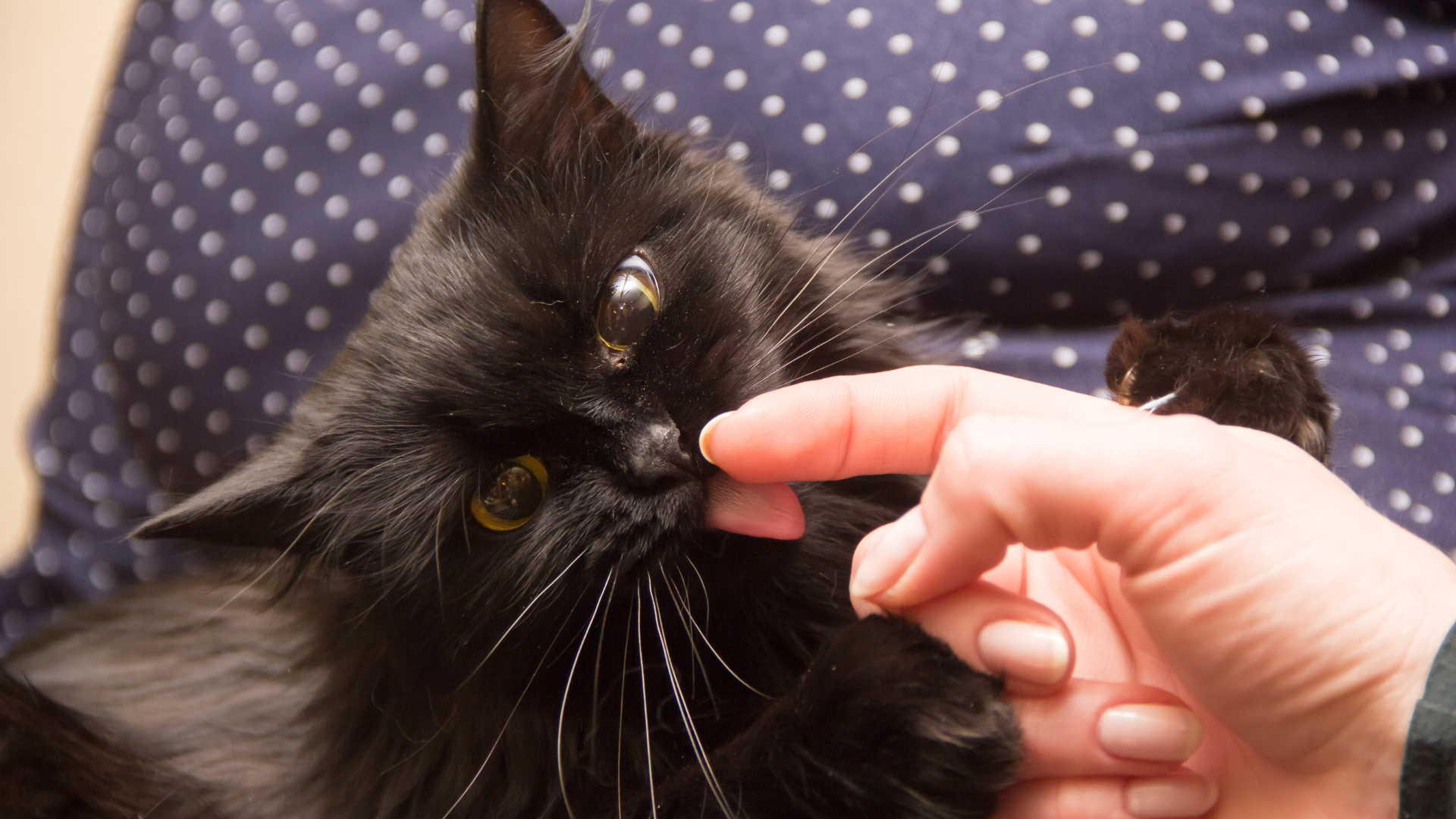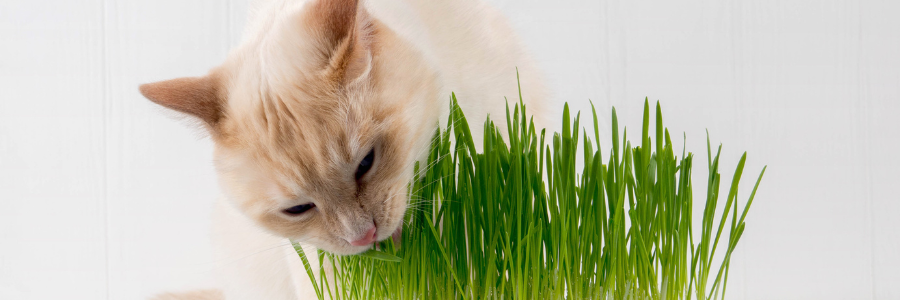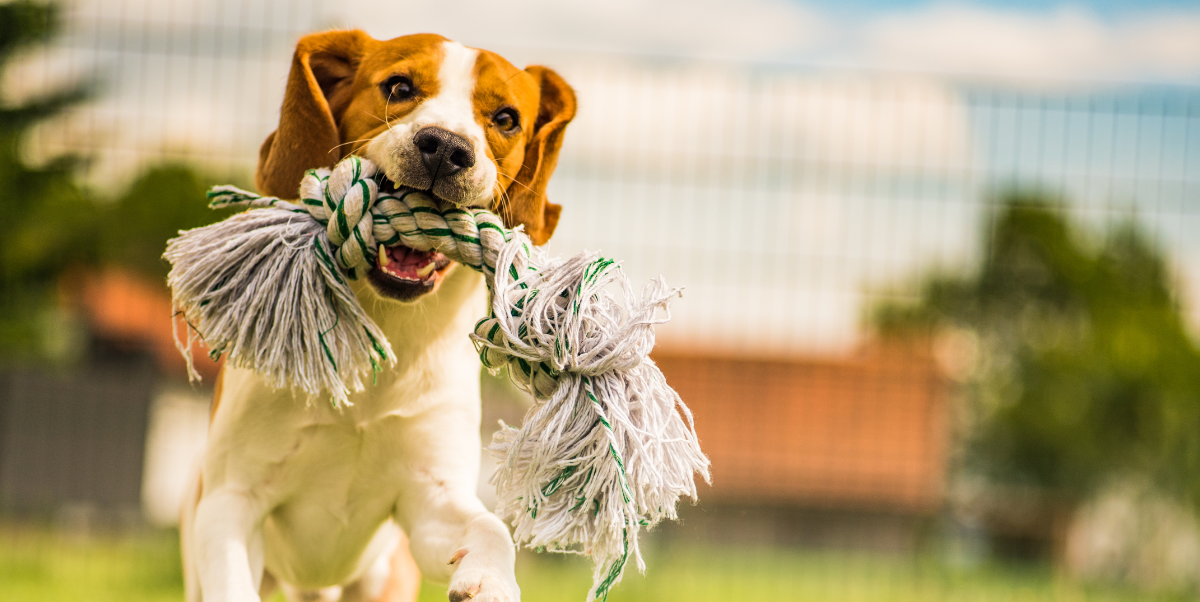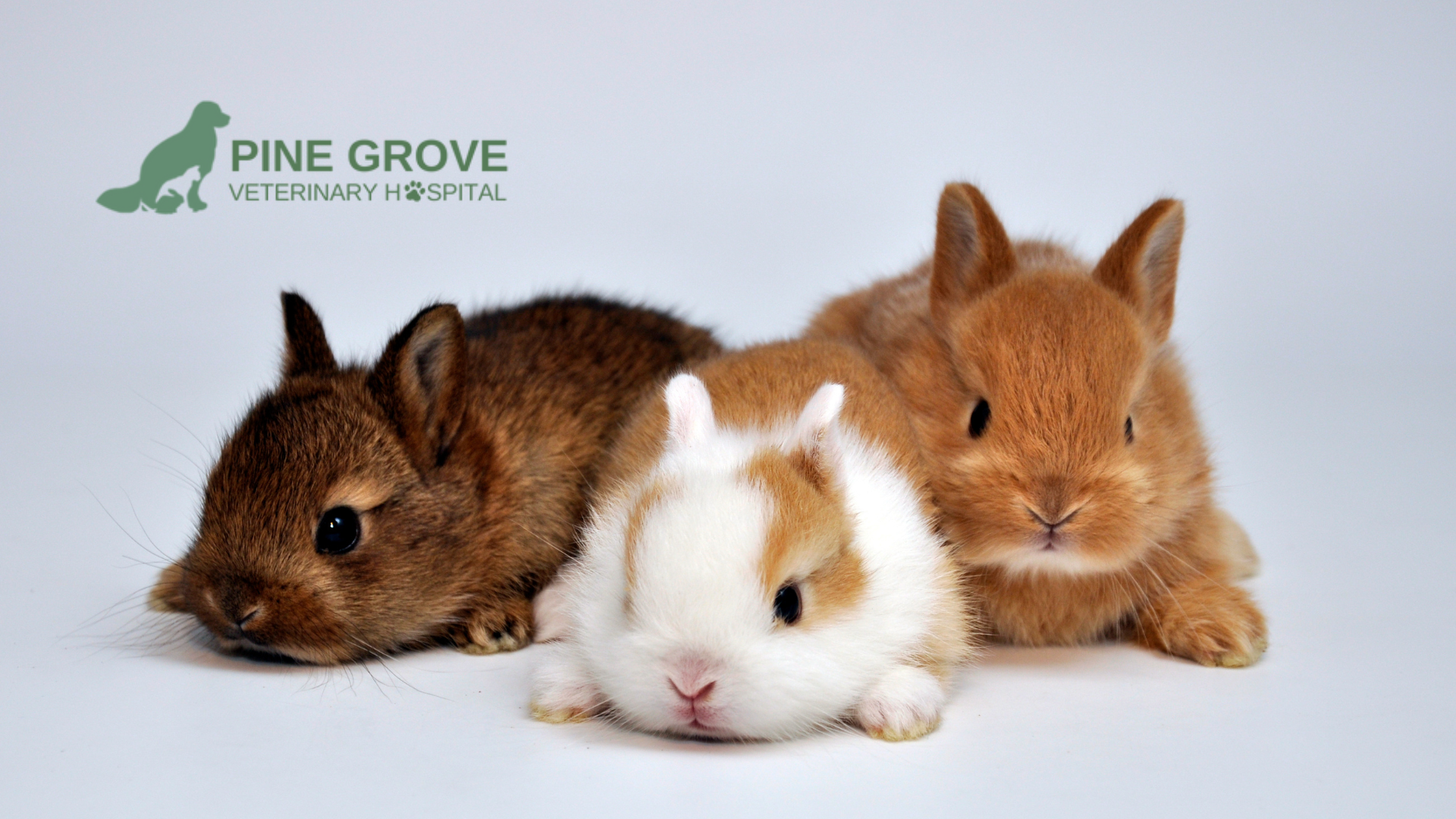How Often to Trim Dog Nails?
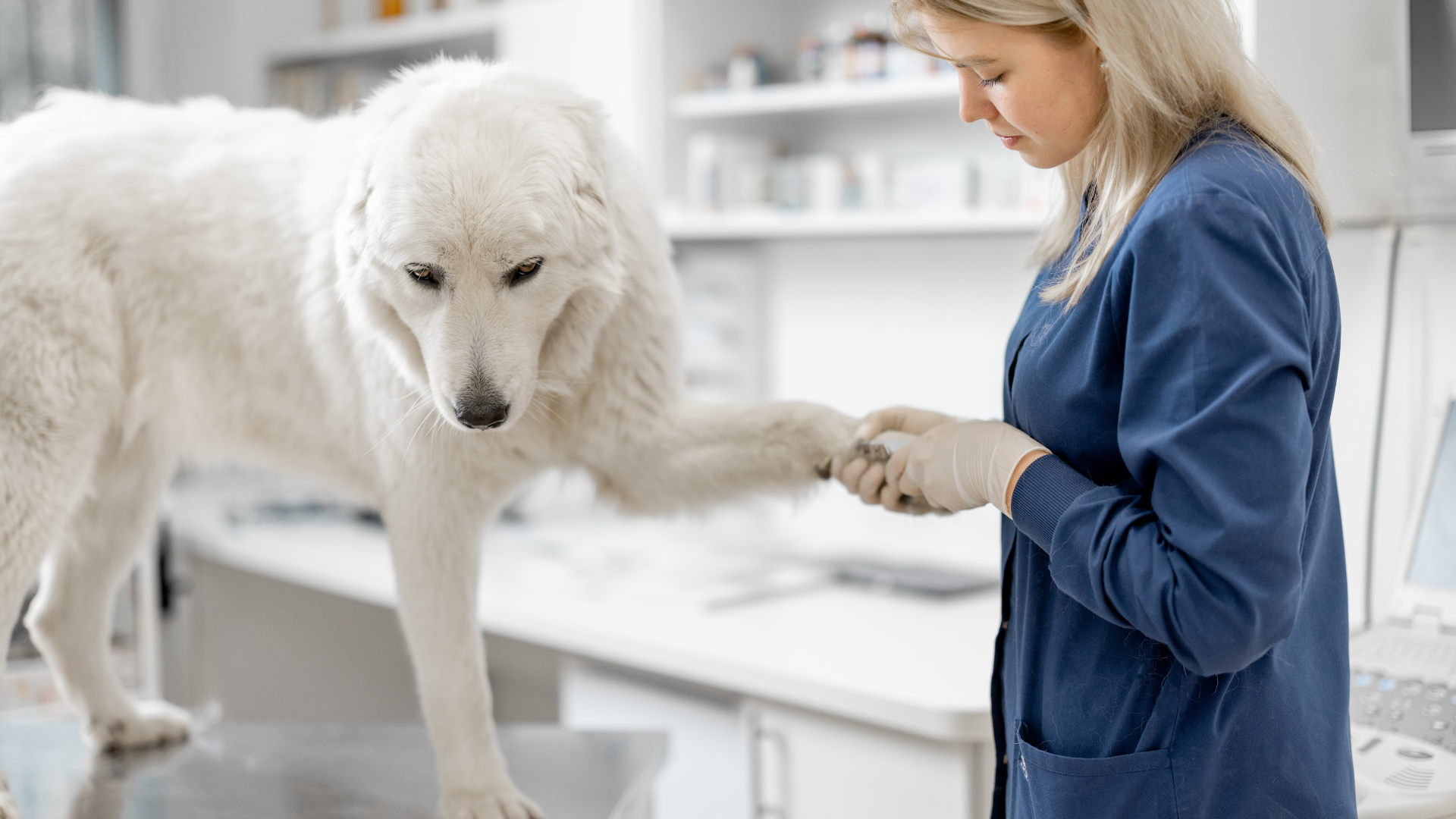
Understanding Dog Nail Growth
The Anatomy of Dog Nails
Dog nails, much like human nails, are made up of a hard protein called keratin. However, the structure of a dog's nail is quite different. Each nail consists of a hard outer shell and a sensitive inner cuticle known as the quick, which contains blood vessels and nerves.
The quick is crucial to a dog's nail health but can cause pain if cut during trimming.
- The outer shell provides protection and durability.
- The quick supplies nutrients and aids in nail growth.
- The nail bed is the tissue underneath that attaches the nail to the paw.
Regular inspection of your dog's nails can help you understand their anatomy better and prevent issues associated with overgrowth.
Understanding the anatomy is essential for safe and effective nail trimming. It helps in identifying the right spot to trim, avoiding injury to the quick, and ensuring the comfort of your pet.
Factors Influencing Nail Growth
Several factors can influence the rate at which a dog's nails grow, and understanding these can help you better manage their nail care. Diet and nutrition play a crucial role; dogs that receive balanced meals with the right vitamins and minerals tend to have healthier nail growth.
- Age: Younger dogs often experience faster nail growth than older dogs.
- Breed: Some breeds have nails that grow quicker or are harder than others.
- Activity level: Dogs that are more active and spend time outdoors on hard surfaces may wear down their nails naturally, reducing the need for frequent trims.
- Health status: Certain health issues, such as hormonal imbalances, can affect nail growth.
Regular observation of your dog's nails will provide insight into their individual growth patterns and help you tailor a trimming schedule that suits their needs.
Signs That It's Time for a Trim
Recognizing when your dog's nails need trimming is crucial for their comfort and health. Long nails can alter the way a dog walks and even lead to pain or injury. Here are some clear indicators that it's time to trim your dog's nails:
- Clicking sounds as they walk on hard surfaces
- Nails visibly curve downward or touch the ground when standing
- Difficulty in standing up or walking
- Signs of discomfort or pain when walking
If you notice your dog persistently licking their paws, it might not just be a grooming habit. This behavior can sometimes be a response to discomfort in their paws, possibly due to overgrown nails. If you're asking yourself, 'Why Does My Dog Lick My Hands,' consider checking their nails—it could be a subtle hint that a trim is due.
Regular nail maintenance is not just about aesthetics; it's a vital part of your dog's overall well-being. Ignoring these signs can lead to more serious issues, so it's important to establish a routine that keeps your dog's nails at a healthy length.
The Importance of Regular Trimming
Preventing Discomfort and Injury
Regular nail trimming is a crucial aspect of preventive care for dogs, helping to avert discomfort and potential injury. Overgrown nails can cause pain and lead to an abnormal walking pattern, which stresses the dog's joints and can result in long-term damage.
When nails are kept at the proper length, dogs can walk and run comfortably without the risk of nails catching on surfaces or becoming ingrown, which can be both painful and prone to infection.
To ensure your dog's nails are trimmed effectively, consider the following points:
- Inspect your dog's nails regularly to assess growth.
- Trim nails as needed, which may vary from dog to dog.
- Be cautious to avoid the quick, the sensitive part of the nail that can bleed if cut.
Remember, each dog is unique, and the frequency of nail trims will depend on their lifestyle and activities. Active dogs may naturally wear down their nails, while sedentary ones may require more frequent trims.
Maintaining Proper Posture and Gait
Proper nail length is crucial for maintaining your dog's natural stance and walking style. Overgrown nails can cause a dog to adjust their posture to avoid discomfort, leading to an abnormal gait. This maladjustment not only affects their immediate movement but can also contribute to long-term joint issues and spine problems.
Regular nail trimming ensures that your dog can walk and run comfortably and correctly. It's an essential aspect of their overall mobility and quality of life. When nails are kept at an appropriate length, your dog's paws can make full contact with the ground, providing the necessary support and balance.
By keeping nails properly trimmed, you're not just grooming your pet; you're actively contributing to their physical well-being and preventing future mobility issues.
- Ensure nails do not touch the ground when your dog stands.
- Listen for clicking sounds on hard surfaces, indicating nails may be too long.
- Observe your dog's gait regularly to spot any irregularities early on.
Avoiding Long-Term Health Issues
Neglecting the regular trimming of your dog's nails can lead to a host of long-term health issues. Overgrown nails can cause a dog's toes to spread or twist unnaturally, which may result in joint pain and, over time, contribute to arthritis. Proper nail care is essential to prevent these potential complications.
- Overgrown nails can get caught or break, leading to infections.
- Long nails can interfere with traction, causing dogs to slip or fall, especially on smooth surfaces.
- Chronic long nails can even alter the shape of the foot and leg.
Regular nail trimming helps to maintain your dog's overall health and prevents the development of painful conditions that could severely affect their quality of life.
Trimming Techniques and Tools
Choosing the Right Tools for the Job
Selecting the appropriate tools for nail trimming is crucial for a smooth and safe grooming session. The type of tool you choose should match your dog's nail size and hardness.
- Scissors-type clippers are best for small to medium-sized dogs with thinner nails.
- Guillotine clippers work well for dogs with medium thickness nails.
- Grinders offer a gentle way to file down the nails and are suitable for dogs with thick or hard nails.
It's essential to keep your tools sharp and in good condition to prevent splitting or crushing the nail, which can cause discomfort for your dog.
Remember, the right tool not only ensures a clean cut but also reduces the risk of injury and stress for both you and your pet. Familiarize yourself with the tool's operation before attempting to trim your dog's nails, and always have styptic powder on hand to address any accidental bleeding.
Step-by-Step Guide to Safe Trimming
Trimming your dog's nails safely is a straightforward process that requires patience and care. Here's a simple guide to help you through the process:
- Prepare your dog by ensuring they are calm and comfortable. Use treats and soothing words to create a positive association.
- Identify the quick, which is the blood vessel inside the nail, to avoid cutting too deep. If your dog has clear nails, the quick is the pinkish area.
- Choose the right tool for your dog's nail size and strength. Clippers or grinders are the most common tools.
- Trim the nail at a 45-degree angle, cutting small bits at a time to reduce the risk of hitting the quick.
- Reward your dog after each nail to reinforce good behavior and make the experience more pleasant.
Remember, it's better to trim a small amount off each nail more frequently than to cut too much at once. This minimizes the risk of injury and keeps your dog's nails at a healthy length.
If you encounter any resistance or anxiety from your dog, take a break and try again later. Consistency and positive reinforcement are key to successful nail trimming sessions.
Dealing with Dark or Black Nails
Trimming dark or black dog nails can be particularly challenging because the quick is not visible, as it is in lighter nails. Care must be taken to avoid cutting into the quick, which can cause pain and bleeding. Here are some tips to help you trim dark nails safely:
- Start by trimming very small amounts of the nail tip.
- Look for a chalky white ring as an indicator of where to stop.
- Use a flashlight to illuminate the nail and better visualize the quick.
- If unsure, err on the side of caution and trim less rather than more.
Remember, it's better to trim a small amount off your dog's nails more frequently than to risk injury by cutting too much at once.
Familiarize yourself with the feel of your dog's nails during each trim, as this can help you recognize when you're getting close to the quick. If an accident does occur, have styptic powder or a similar product on hand to stop the bleeding. Consistent practice and a gentle approach will make the process smoother for both you and your dog.
Addressing Anxiety and Resistance
Understanding Canine Nail-Trimming Anxiety
Many dogs exhibit signs of stress or fear when it's time to trim their nails, a behavior that can make the process challenging for both pet and owner. Understanding the root of this anxiety is crucial to developing a strategy that ensures a calm and safe experience. Factors such as past negative experiences, sensitivity in their paws, or simply the unfamiliar sensation of nail clipping can contribute to a dog's apprehension.
- Identify signs of anxiety early: panting, whining, or resistance.
- Create a positive association with nail trimming tools by allowing your dog to inspect them without actually trimming.
- Gradually introduce the concept of nail trimming with lots of praise and treats.
Consistency and patience are key. Start with short sessions and gradually increase the duration as your dog becomes more comfortable with the process. Remember, rushing can reinforce fear, so take it slow and steady.
Training Your Dog to Tolerate Nail Trimming
Training your dog to tolerate nail trimming is a gradual process that requires patience and consistency. Start by getting your dog comfortable with their paws being handled. Reward calm behavior with treats and praise to create positive associations.
- Introduce the nail trimmers without using them. Let your dog sniff and inspect the tool to become familiar with it.
- Touch the trimmer to your dog's nails without clipping, and reward after each touch.
- Gradually progress to clipping a tiny portion of one nail, followed by a treat. Increase the number of nails trimmed in each session as your dog becomes more comfortable.
Remember, never rush the process. If your dog shows signs of stress, step back to the previous stage where they were comfortable. Consistency and positive reinforcement are key to successful training.
Professional Groomers and Veterinary Assistance
When home attempts at nail trimming lead to anxiety or resistance, seeking professional help can be a wise choice. Professional groomers are skilled in handling dogs of all temperaments, ensuring a safe and stress-free experience. For dogs with severe anxiety or for owners uncomfortable with the process, an Orillia vet can provide assistance. These professionals can also offer valuable advice on maintaining your dog's nail health.
- Professional groomers often have experience with a variety of breeds and nail types.
- Veterinary professionals can address nail trimming as part of your dog's routine health check.
- An Orillia vet can also provide sedation options for highly anxious dogs.
Remember, the goal is to make nail trimming a routine and calm experience for your dog. If you're struggling, don't hesitate to reach out to your local grooming salon or veterinary clinic for support.
Creating a Nail Trimming Schedule
Assessing Your Dog's Individual Needs
When creating a nail trimming schedule for your dog, it's crucial to consider their unique lifestyle and physical characteristics. Each dog's nail growth rate and wear patterns differ, influenced by factors such as their level of activity, the surfaces they walk on, and their breed.
- Observe your dog's nails regularly to determine how quickly they grow.
- Take note of your dog's daily activities; more active dogs may wear down their nails naturally.
- Consider the breed-specific traits that may affect nail growth and care requirements.
It's essential to tailor the nail trimming schedule to your dog's individual needs rather than adhering to a one-size-fits-all approach. Regular assessment will help ensure that your dog's nails are kept at a comfortable and healthy length, avoiding overgrowth and the complications that can arise from it.
Frequency Guidelines for Different Breeds
Different dog breeds have varying nail growth rates, which can influence how often their nails need trimming. Small breeds, such as Chihuahuas and Yorkies, often require more frequent trims due to their less active indoor lifestyles leading to slower natural wear. Conversely, large, active breeds like Labradors and German Shepherds may wear down their nails naturally and need less frequent trims.
Here's a basic guideline for nail trimming frequency by breed size:
- Small breeds: Every 3-4 weeks
- Medium breeds: Every 4-5 weeks
- Large breeds: Every 6-7 weeks
Remember, these are general guidelines and your dog's activity level, surface types they walk on, and their natural nail growth rate can all affect the actual frequency needed.
It's crucial to observe your dog's nails and adjust the trimming schedule as necessary. A sedentary dog of any size may need more frequent trims, while an active dog that runs on hard surfaces might require less frequent nail care.
Adjusting the Schedule for Active vs. Sedentary Dogs
When tailoring a nail trimming schedule for your dog, consider their activity level. Active dogs often wear down their nails naturally through regular exercise on abrasive surfaces, which may reduce the frequency of required trims. Conversely, sedentary dogs typically need more frequent nail care to prevent overgrowth.
- Active Dogs: May require less frequent nail trims due to natural wear.
- Sedentary Dogs: Usually need more regular trims to maintain nail health.
Adjusting the nail trimming schedule according to your dog's lifestyle is crucial for their comfort and mobility. An active dog that runs on hard surfaces may need a trim every 6-8 weeks, while a sedentary dog might benefit from a trim every 4-6 weeks.
Remember, these are general guidelines and your dog's needs may vary. Monitor their nails and consult with your veterinarian to establish the optimal nail care routine.
Frequently Asked Questions
Share this article by using the icons below!
